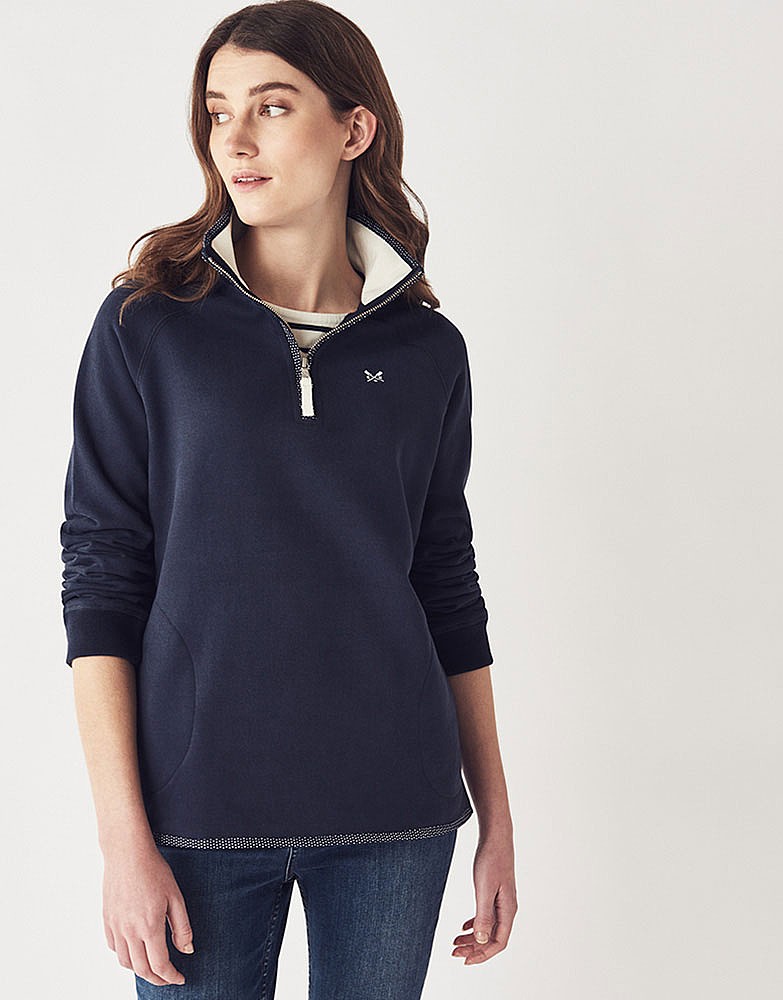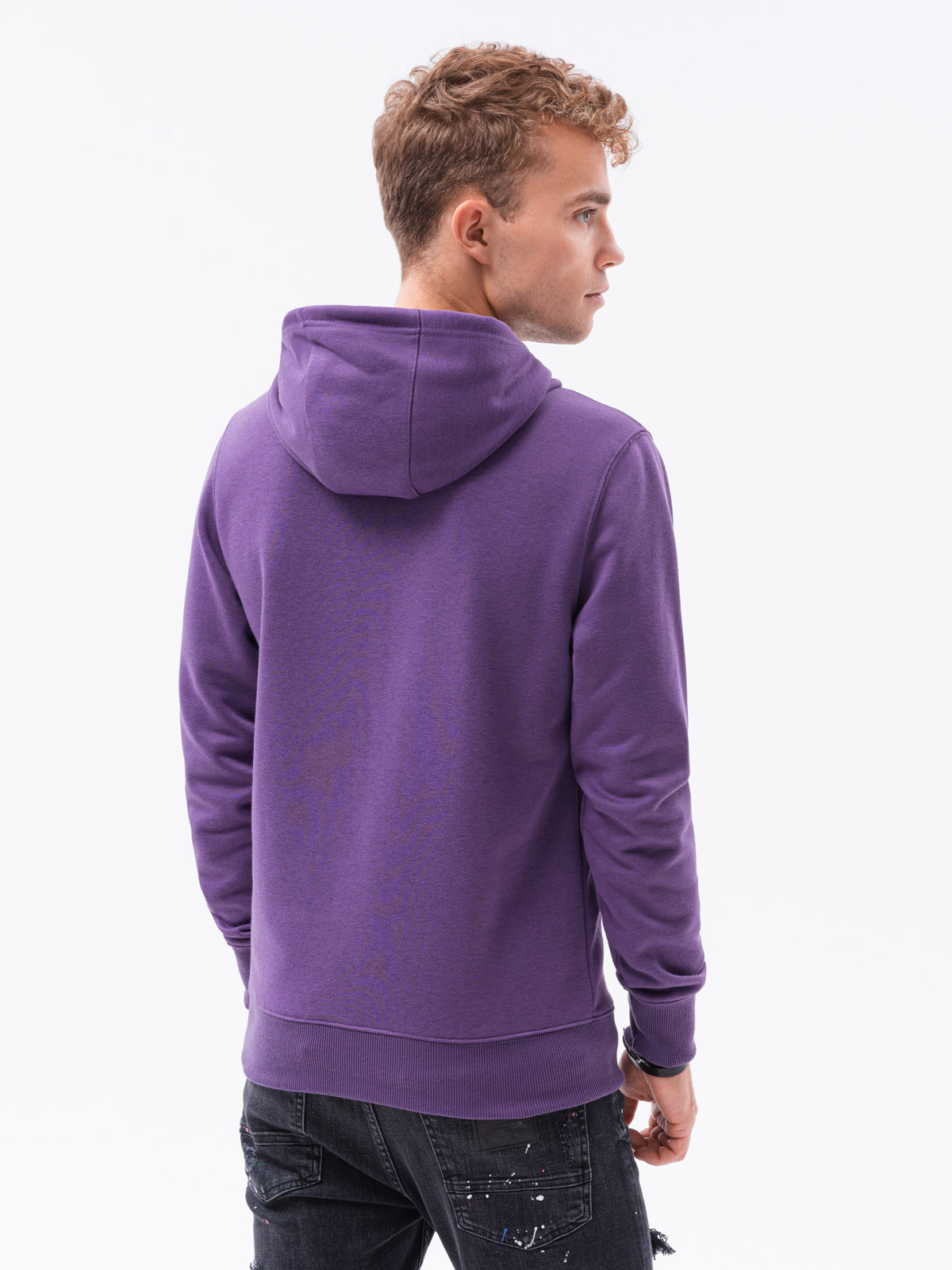see more are long-sleeved pullover garments made of thick cotton cloth. They are typically worn casually, and are not so formal as sweaters and cardigans. They do not usually have a hood. If you're interested in buying a sweatshirt, here are a few tips:
The appeal of Norma Kamali was spread by the use of sweatshirts

Since the late '70s the Norma Kamali brand has transformed the simple sweatshirt into a work of art. Her designs are now the staple of almost all women's wardrobes. Her distinct styles range from a tummy-tucking crew neckline to thick leather sweatshirts. She has also created clothing with unusual designs, like an oversized tank top that has long trumpet skirt.
The collaboration of the designers and sweatshirt manufacturer Everlast resulted in her Timeless line, which was hugely popular when it appeared in Spiegel's spring 2006 catalog. The collection offered interchangeable and convertible knits with classic designs, and many pieces were priced at less than $20. Even even if The Norma Kamali Timeless collection wasn't available in stores, fans could still find the items through eBay and Poshmark.
Merino wool sweatshirt s-1686458440">sweatshirt s are more comfortable than soft sweatshirts
Merino wool is well-known for its moisture-wicking properties which help to keep you dry and comfortable. It is a natural fibre that also has a smoother feel. The fabric also dries quickly in comparison to other natural substances. In addition, it is a sustainable resource. Merino sheep shed their coats every year and regrow new ones.
The weight-to-heat ratio of merino wool makes it an ideal material for sweatshirts. It aids in controlling body temperature due to its loft which naturally retains heat between the fibers. This is the reason Merino wool sweaters are great for summer and outdoor activities like hiking, mountain biking and running. The warmth it offers ensures that the wearer stays cool and dry, which is important for working out.
Zip-front hoodies feature kangaroo pockets.
Kangaroo pocket Hoodies are a well-loved style of hoodies. They feature a big pocket on the front, which keeps your hands warm on chilly days. They are additionally more practical than conventional pockets as they allow your hands to slide in and out with ease.

Kangaroo pockets are usually large enough to hold a wallet or some other small items for personal use. They're usually large enough to accommodate one hand in a smaller size or even wide enough to fit two hands. They are wide on either side and make them ideal for carrying small objects.
French terry fabric is a popular fabric for sweatshirt s.
The French Terry fabric is constructed of soft yarns knitted into loops and are usually mid-weight. It is also known for its ability to wick away moisture and is pre-shrunk. French Terry is a fantastic choice for sweatshirts because it keeps you warm when you require it and helps keep you cool when you need to cool off.
French Terry is also a popular choice for loungewear, since it has enough stretch and flexibility to feel good when you touch your body. It also allows air to circulate through the fabric, making it perfect for layering under other clothes. Furthermore, because it's lighter than most sweatshirts you can wear it all year round without feeling too warm or cold.
Hoodies have classist connotations
Although it could appear that hoodies are simply an appropriate clothing item for working class people but the truth is that they have a classist connotation. Hoodies were first used in the early 70s New York, where graffiti artists would wear them to conceal their identities. In 1976 the hoodies made their big appearance in the film "Rocky," when the protagonist of the film was a working class man in grey sweats with hoods during his memorable climb up the steps of the Philadelphia Museum of Art.
Hoodies are frequently associated with destruction, death, and other undesirable things, and yet they can also be used for practical reasons. For example, monks and priests might wear hoods in order to display respect and a sense of self-control.
